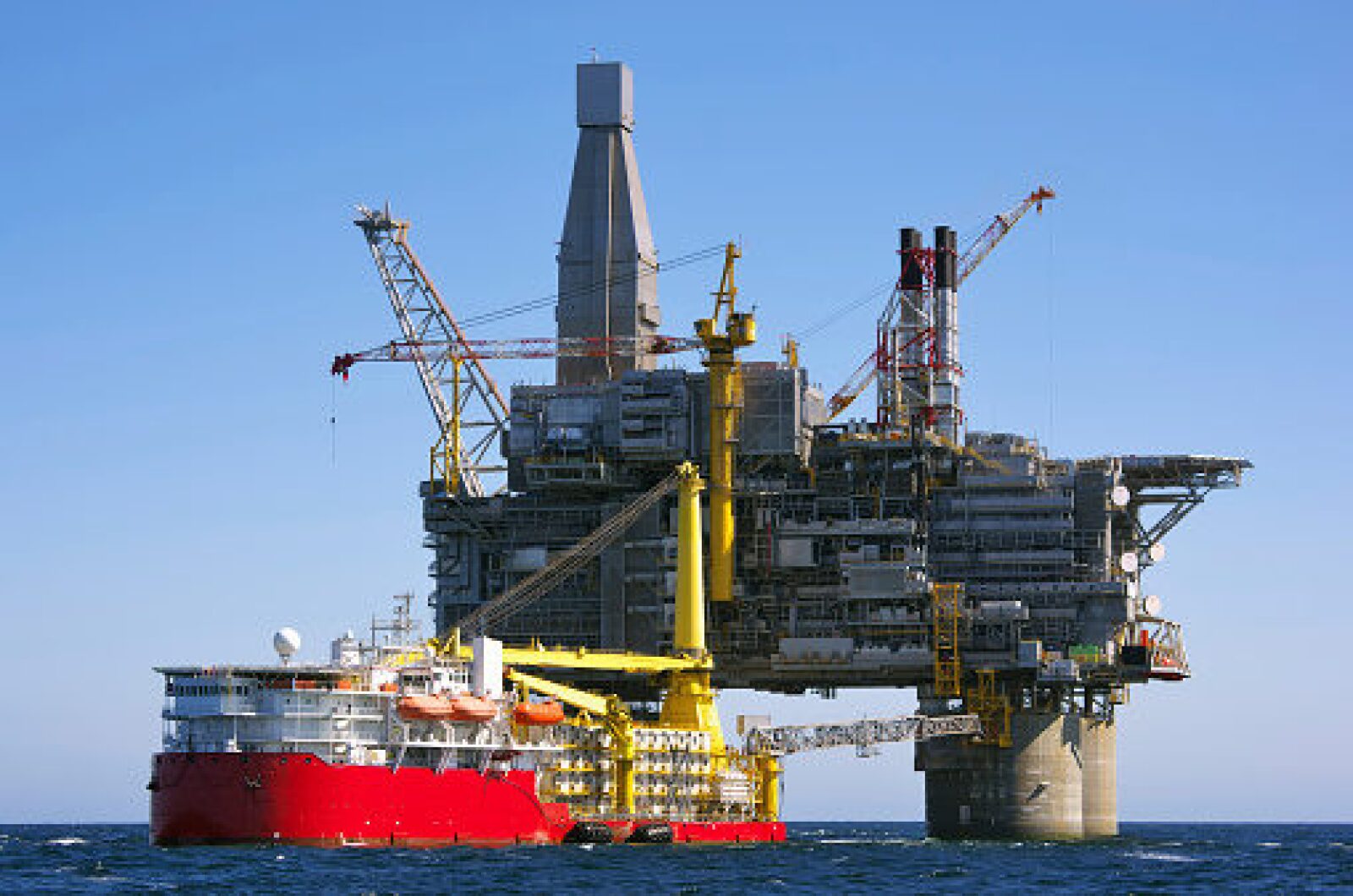While onshore investments stabilized at around US$14 billion and shallow water spending continues to decline, deepwater expenditure is projected to grow at a compound annual growth rate (CAGR) of 15 percent from 2021 to 2025.
Rystad estimates that deepwater investment in seismic, drilling, and facilities will exceed US$25 billion by 2025, nearing 2013’s historical high of US$28 billion driven by Brazil’s pre-salt fields.
Three countries will lead upcoming growth – Brazil will retain its dominant position with Guyana growing on the back of recent discoveries and Mexico extending exploration from legacy shelf regions to deeper waters.

Combined, anticipated mega projects in these three countries will help buoy the supply chain for drillships, floating production storage and offloading (FPSO) vessels, and subsea equipment following a steady decline since 2014 when activity peaked in the U.S. Gulf of Mexico, West Africa, and Australia.
In 2022, deepwater capex is projected to exceed US$72 billion globally. This represents substantial growth from last year when spending bottomed out at US$58 billion, a level not since 2006 and not even half of 2014’s peak of US$154 billion.
Back then, long-cycle investment was seen as critical to meeting the energy needs of growing global populations with North America’s shale revolution in full swing, spurring the U.S. to become a swing producer as operators drilled for short-cycle returns in response to rising oil and gas prices. From 2015 to 2020, they effectively capped oil and gas prices until the recent investor backlash against growing production in North America.
Now, operators appear to have lost their appetite for massive deepwater projects as their attention and capital shifts to more certain returns from onshore plays. Now, however, amid relative restraint from onshore operators in the U.S. and Canada, we see this trend abating led by offshore developments in Brazil, Guyana, and Mexico.
The effects of this downturn in deepwater activity were felt across the oil and gas supply chain. After a massive build cycle in deepwater drillships associated with the previous growth in spending, the decline beginning in 2015 led to 267 rig years of canceled contracts and offshore drillers desperately trying to delay or cancel newbuild orders.
Many parked in the Canary Islands off the coast of northwest Africa, waiting for operators to return to the exploration and development of deepwater fields. Demand for floaters began improving in 2019 reaching 129 rig years on contract. However, contract cancellations began again after the start of the Covid-19 pandemic and the number of years on the contract reached an all-time low of 106 last year.
Contracting strategy for operators changed from long-term contracts to shorter, well-based contracts leading to overall lower contracted volumes. Activity in the floater market is expected to improve moving forward with a CAGR of 5.6 percent over the next five years.
“In subsea markets, a focus on short-cycle investments in the last few years has led to more subsea tiebacks and less greenfield hub development, shifting operator spending away from subsea equipment and towards subsea, umbilicals, risers, and flowlines (SURF).
“Developments in Brazil and Guyana salvaged the subsea supply chain from total devastation in 2020 and 2021 when operators curtailed sanctioning activity. Brazil and Guyana accounted for 34 percent of tree awards in 2020 and 2021 after the market declined by almost half from 2019 and 2020, with Guyana awarding the most trees in 2020 and Brazil accounting for over half of 2021 contracts,” Rystad stated.
Within Latin America, deepwater expenditure is dominated by Brazil, Guyana, and Mexico which together account for over 90 percent of investments. Both greenfield and brownfield spending is projected to grow through 2025 with Brazil accounting for most of these projects.
Mexico’s national oil company Pemex has operated in the shallow water Bay of Campeche for decades and only recently ventured from the shelf along with international operators following a 2013 constitutional reform intended to attract foreign investors.
While amendments to Mexico’s hydrocarbons law in 2021 favoring Pemex have deterred some foreign investors, significant potential exists for further deepwater development. Just this month, New Fortress Energy announced a partnership with Pemex to develop the Lakach gas field with an FLNG concept, opening the door for further projects at the nearby Kunah and Piklis fields.
Woodside’s Trion project is also progressing in Mexico with a McDermott-designed floating production unit capable of processing 100,000 barrels per day.
Deepwater projects in Brazil and Guyana will rely primarily on FPSO vessels to produce from these remote fields. Petrobras and ExxonMobil are the largest operators in Brazil and Guyana, respectively.
While Brazil continues to develop pre-salt discoveries dating back to the Tupi – formerly Lula – field in 2006, Guyana is a newer region for oil production. Following ExxonMobil’s discovery of the Liza field in 2015, there has been a string of exploration successes leading to a growing backlog of FPSO projects.
Several of these feature a new generation of FPSO based on modularity and scale. SBM Offshore’s design can hold up to 2.3 million barrels of oil, slightly more than a very large crude carrier, with space for up to 50,000 tons of topside equipment and options for different mooring configurations.
While running some additional financial risk, a pipeline of standardized hulls also allows operators to reduce the delivery time of these deepwater projects. Given the current investment environment, this has become a dominant model for commercializing fields in these countries.
Future growth in Latin America will largely depend on the success of deepwater developments in Brazil, Guyana, and Mexico. While Brazil and Guyana provide relatively certain fiscal and regulatory regimes, Mexico has additional upside by offering the right balance of domestic and foreign project participation.
“This will benefit the drillship, FPSO, subsea, and SURF markets over the next 3-4 years with operators rewarding faster delivery times and superior technology. With a successful appraisal, frontier offshore areas such as Namibia and Guyana’s geologic neighbor, Suriname, can call on these same tools for development,” Rystad concluded.
With information from Rigzone

